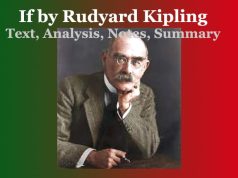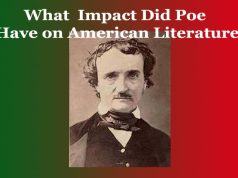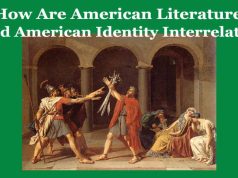The Mahabharata by Vyasa-Review
The Mahabharata by Vyasa-A Review
The Mahabharata, attributed to the sage Vyasa, stands as one of the most significant and revered epics in Hindu mythology and one of the world’s longest epic poems. It offers a comprehensive narrative that intertwines mythology, philosophy, and profound moral teachings.
At its core, the Mahabharata chronicles the tale of the Bharata dynasty, specifically the feud between the Pandavas and the Kauravas, two branches of the same royal family. The epic delves into the intricate complexities of human existence, morality, and the eternal conflict between righteousness and evil.
This epic, composed in Sanskrit, comprises around 100,000 verses and is divided into 18 books, known as parvas. It’s far more than just a story; it’s a reservoir of ancient wisdom, encompassing various facets of human life and society.
The Mahabharata isn’t merely a recounting of the Kurukshetra War; it’s a vast tapestry interwoven with various subplots, philosophical discourses, teachings, and intricate character development. Its characters represent a wide spectrum of human emotions, virtues, and vices, providing profound insights into human nature and ethical dilemmas.
Vyasa’s writing captures the essence of dharma (duty/righteousness), karma (action and consequences), and the intricate nuances of life. It includes the Bhagavad Gita, a sacred dialogue between Lord Krishna and Prince Arjuna, offering timeless teachings on duty, righteousness, and the path to spiritual enlightenment.
The Mahabharata is not just an ancient epic; it’s a living reservoir of knowledge and teachings that have influenced Indian society, culture, and spirituality for millennia. It continues to inspire countless interpretations, adaptations, and philosophical discussions, resonating across time and cultures.
Its profound depth, vastness, and philosophical teachings make the Mahabharata a monumental and timeless piece of literature, carrying wisdom and lessons that remain relevant and influential even in contemporary times. Its narrative continues to be a source of contemplation, reflection, and enlightenment for readers across the world. 0 0 0.
The Mahabharata by Vyasa-Review
You May Like:
- Aga Shahid Ali-Postcard From Kashmir-An Analysis
- Al-Hutayah-His Life and Poetic Career
- John Donne’s Poetry-Chief Characteristics
- Birth & Development of Arabic Poetry
- Chief Characteristics of Modern English
- Birth & Development of Arabic Prose
- Chief Characteristics of Old English
- Medieval Romance-Chief Characteristics
- The Mahabharata by Vyasa-Review
- Kamala Das-A Losing Battle-An Analytical Study
- John Dryden’s Mac Flecknoe as a Mock Heroic Poem
- Henry Derozio’s To the Pupils of Hindu College-Analysis
- Toru Dutt’s Poetry-Chief Features
- Robert Souithey’s The Scholar-Analysis
- H Deroio’s Song of Hindustanee Minstrel-Analysis
- Derozio’s Chorus of Brahmins-Analysis







